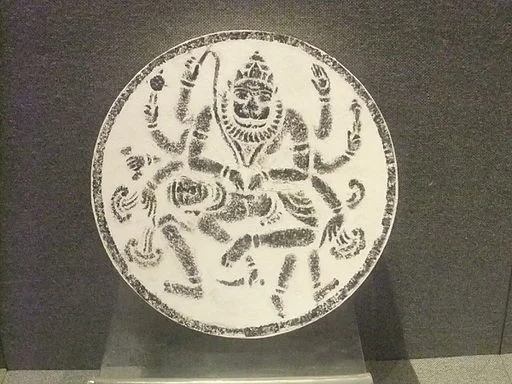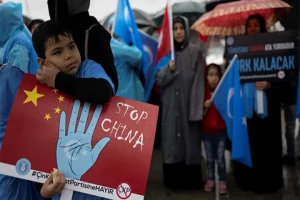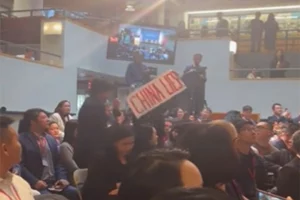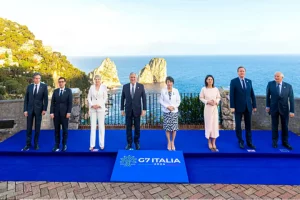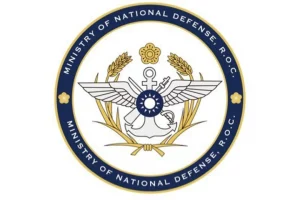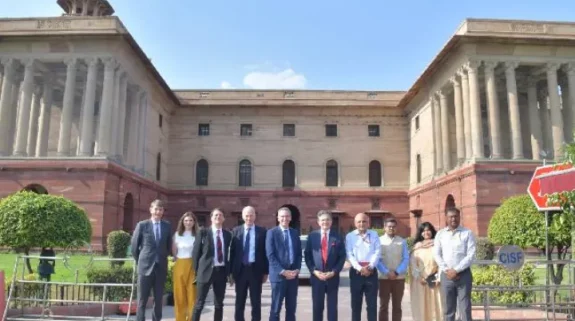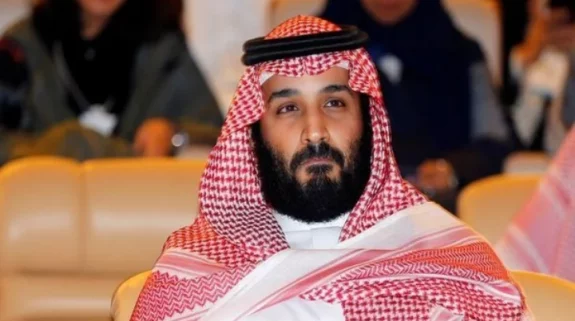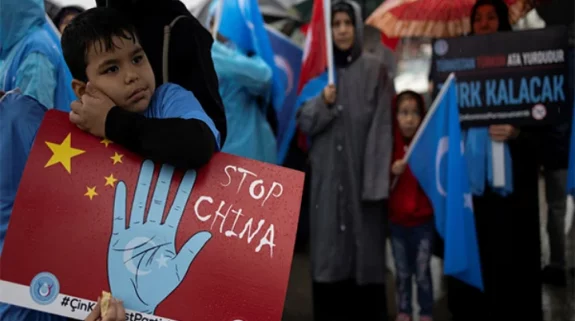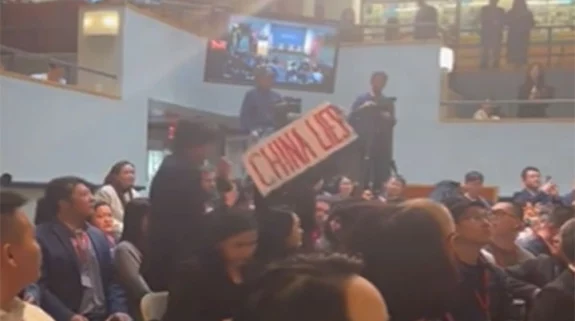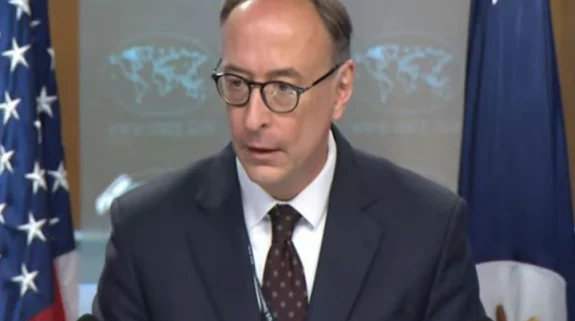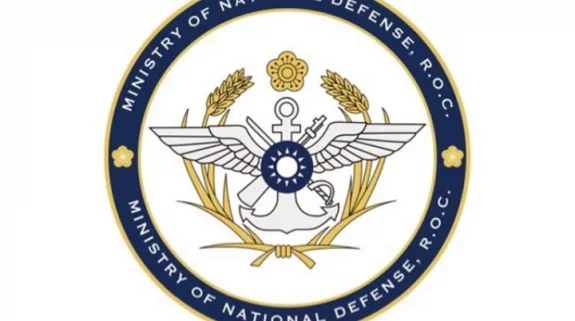(In part one, published yesterday, Prof. Chandra explains how India and China have shared more than two millennia of cultural interflow, routed through the vast stretches of Central Asia, since 138 BC. In Part-2 he explores other dimensions including scientific exchanges between the two.)
In the seventh and eighth centuries, scientific works were known as "brahmana books" in China. Books with the prefix 'brahmana' dealt with astronomy, calendrical science and mathematics. Unfortunately, since all were subsequently lost, one cannot now estimate what they contributed. It is certain, however, that during these two centuries Indian scholars were employed in the Astronomical Bureau at the Chinese capital. Kashyapa Hsiao-Wei, who was there shortly after A.D. 650, was occupied with the improvement of the calendar, as were most of his later Indian successors. The greatest of them was Gautama Siddha who became President of the Board. It seems that these brahmanas brought an early form of trigonometry, a technique which was then developing in their country India.
Though most of their writings failed to survive, something more should be said here of these Indian astronomers and calendar-experts of the Sui and T'ang. The story begins with the books of brahmana astronomy such as the P'o-lo-men T' ien Wen Ching, mentioned in the Sui Shu bibliography, but long lost. These must have been circulating about A.D. 600. During the following two centuries we meet with the names of a number of brahmana astronomers residing at the Chinese capital.
The first was Gautama Lo, who produced two calendar systems in A.D. 697and A.D. 698, but the greatest was Gautama Siddha who compiled the Khai-Yuan Chan Ching about A.D. 729, in which a zero symbol and other innovations appeared. It is a work of great importance, often mentioned in Chinese astronomical treatises. In any case the paradox remains that we owe to Gautama Siddha the greatest collection of ancient and medieval Chinese astronomical fragments.
The T'ang dynasty established an extensive empire and under its Buddhism reached its apogee by the induction of Vajrayana texts. The grandeur of their (Vajrayana) ritual ensured unprecedented popularity in the Imperial household, in the great families of the realm as well as among common people. Sutras were used for “the benefit and advantage of the state”. The logistic problems involved in distant military campaigns in central Asia were resolved with success through Vajrayana rituals. It would suffice to cite the strategic military role of Vajrayana rituals of Vaisravana who was venerated in China as a god of war. The Vaisravana-kalpa by Amoghavajra says in the colophon that during the 'grand troubles of the Five Kingdoms', one tried in vain during eight months all sorts of other ceremonies. Only the rite prescribed in this text proved efficacious for stabilising the country. It refers to the troubles which burst forth in Central Asia at the end of the reign of Hsuan-tsung during the T'ang dynasty and by the ‘Five Kingdoms’ are intended the five foreign peoples who besieged the city of Anhsi. The incident is reported in details by Amoghavajra.
In AD 742, the Five Kingdoms of Tibet, Arabs, Sogdians, and others besieged the city of Anhsi. On the second day of the second moon, a report was presented to the emperor demanding relief troops. The emperor said to ‘master I-hosing: 'Master, the city of Anhsi is besieged by Arabs and others and it requires troops. But as it is situated at a distance of 12,000 leagues, it will take eight months for my troops to arrive there, and I do not know what to do' . I-hsing replied: 'Why does Your Majesty not invoke to your aid the Devaraja of the north, Vaisravana, with his celestial troops’. – 'How can I invoke him?’ — 'By the intervention of the monk Amoghavajra’. – The emperor sent word to this monk who invited him to provide an incense-burner and follow him to the monastery. The monk pronounced a dharani from the Karunika-raja-sutra 27 times.
The emperor then saw hundreds of soldiers in arms and the monk explained to him that they were the troops of the second son of Vaisravana, who had come to take charge before departure for Anhsi. In the fourth month he received a report from Anhsi, declaring that, on the very day of the ceremony they saw appearing in the north-east of the city, the enveloping of an obscure haze, of giants dressed in armour plates of gold. They heard an uproar of drums and of horns, and experienced a violent trembling of the earth. The troops of the Five Kingdoms, frightened, retired to their camps, where rats of gold gnawed the strings of their bows and of their traps. A voice in the sky enjoined to spare the old and the feeble, who could not flee away. Then Vaisravana manifested himself in person on the northern gate of the city. They drew his image which was appended to the report addressed to the emperor".
The serious study of Sino-Indian contacts began, strangely enough, with French thinkers. Voltaire admired the political organisation of China and her ethics based on Reason. He found in China a great civilization which owed nothing to the Greco-Roman or Christian tradition. The Chinese managed their affairs of state more rationally and without Christianity. The German philosopher Leibnitz too established the Berlin Academy to open up interchange of civilization between Europe and China. The more the Europeans investigated China the more they found India to be the crucial roots, in fact the Greece of Asia, the birthplace of philosophical ideas and the overwhelming influence in art and poetry.
The Chinoiserie of the 18th century led to revealing the fabulous bonds of China with India. In their study of China, French scholars started to unravel Central Asia and India. Jean Pierre Abel-Remusat published a history of Khotan in 1820 and his French translation of the travels of Fa-hian through Central Asia, Afghanistan and India appeared posthumously in 1836. By his labours, it became evident that Chinese sources were fundamental to the understanding of Indian history. In fact, the Indian pronunciation of this first great Chinese pilgrim derives from Abel-Remusat’s transcription, like that of his illustrious successor Hiouen-thsang. The travels and biography of the latter were again translated by a French scholar, Stanislas Julien in 1853-58. The biography of Hiouen-thsang after his return to China as summarised by Julien.
132 years ago, is still our main guide. Indian scholars rarely have access to this French work and are thus deprived of detailed knowledge of the academic achievements of Hiouen-thsang after his return home. Julien was again the first to point out that Sanskrit literature had been translated into Chinese on a gigantic scale for a thousand years. A renascent India now seeks to renew her relations with China, with the sacred wisdom of ages, with no mine-ness, all attribute-less and unconditioned.
(Prof. Lokesh Chandra is a renowned scholar, specializing in the study of the Vedic period, Buddhism and the Indian arts. Views expressed are personal and exclusive to India Narrative)






